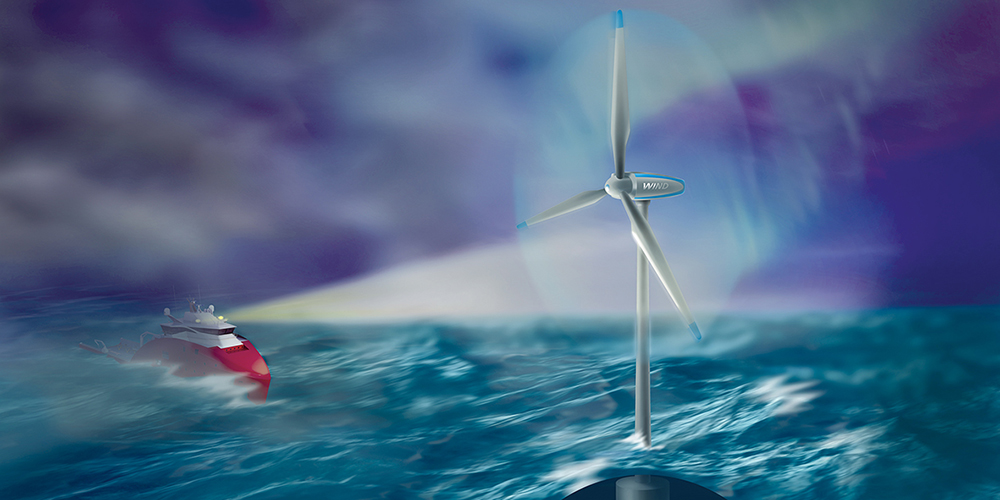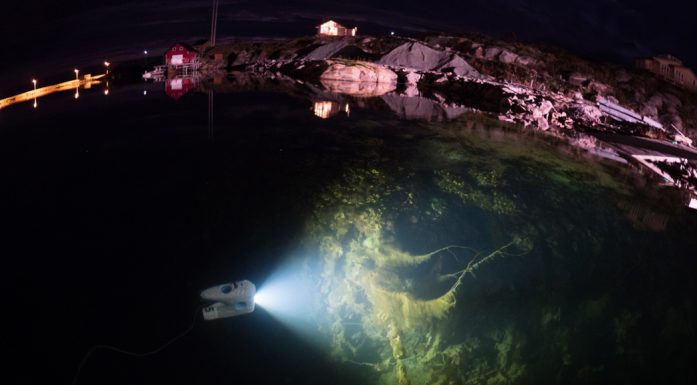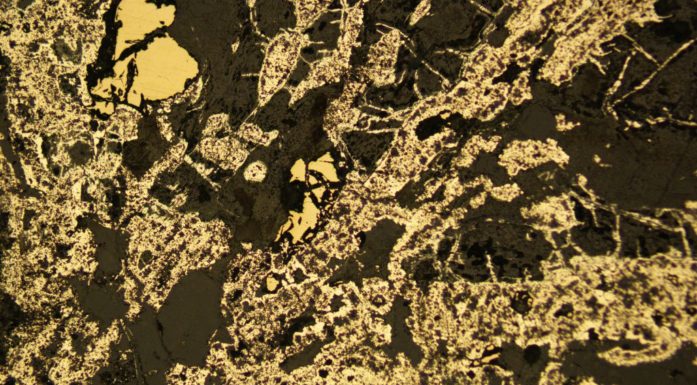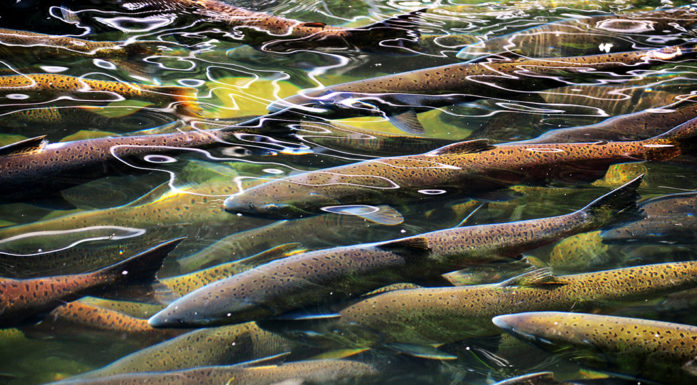Marine technology for extreme conditions
Tomorrow’s maritime technology must be able to handle extreme conditions during Arctic and deep-water operations. A new research centre designed to develop these technologies holds promise for Norwegian industry.
With a newly opened Marine Operations research centre in Ålesund, Norway aims to spearhead maritime research that addresses the ocean’s most extreme conditions.
Oceans cover 70 percent of the Earth’s surface, and 80 percent of the ocean is deeper than 3,000 meters. Norway administers a sea area six times larger than its mainland. Great potential exists for developing new maritime “Blue Tech” industries and expanding current industries. But the maritime environment also holds great challenges. Harsh northern weather conditions for conducting operations include ice, low temperatures and deep waters.
The Marine Operations Centre for Research-based Innovation is one of 17 centres that the Research Council of Norway has granted SFI status to in 2015. The award includes a budget of NOK 200 million over eight years.
Centres for Research-based Innovation
- Centres for Research-based Innovation are funded by the Research Council of Norway, and are commonly called "SFI", after their Norwegian name (Senter for Forskningsdrevet Innovasjon).
- The goal of the SFI funding programme is to promote innovation by supporting long-term research through close cooperation between R&D intensive companies and prominent research institutions.
- Read more about the SFI programme on the Research Council of Norway's webpages
First time a university college is in the driver’s seat
Aalesund University College is hosting the new research centre, the first time a college is serving as a host institution. Its partner organizations are NTNU, the independent research organization SINTEF, the Norwegian Marine Technology Research Institute (Marintek) and 15 companies from the maritime cluster in Sunnmøre county.
“We have a unique opportunity to usher maritime technology based activities into a new era with this project,” says Marianne Synnes, Rector at Aalesund University College. Stakeholders came together for a kick-off meeting to draw up the guidelines for future research.
Merger in the future
Aalesund University College is part of the big merger between NTNU and university colleges in Gjøvik, Sør-Trøndelag and Ålesund. The Marine Operations SFI gives everyone a sense of the merger will be like.
Project partners
- Research Partners: Aalesund University College, NTNU, MARINTEK and SINTEF Fisheries and Aquaculture.
- International partners: University of São Paolo.
- Maritime cluster: Farstad Shipping ASA, Olympic Shipping AS, Havila Shipping ASA, Rolls-Royce Marine AS, Brunvoll AS, Ulstein International AS, NCE Maritime, Offshore Simulator Centre AS.
- Oil and gas operators and supply operators: Statoil Petroleum AS, Subsea7 Norway AS, AMAS-AMC AS, Statkraft AS, Ocean Installer.
“The award of this SFI is strong recognition of the excellent and internationally regarded research going on at Aalesund University College. The collaboration in this centre is also an example of the mutual benefits that the upcoming merger will offer,” says NTNU’s Rector Gunnar Bovim.
NTNU currently hosts five SFI research centres, and is involved in nine other centres.
Relevance for industry
The SFI project is an example of beneficial cooperation between the business sector and research and educational institutions, and Associate Professor Karl Henning Halse at Aalesund University College believes the impending merger will affect the project positively.
“The different research environments complement each other well. Our priorities are both academic research and industry-oriented applied research, so we are confident that our work will be relevant to industry,” says Halse.
The Marine Operations SFI will develop new tools, technologies, prototypes and training for safe and effective installation and maintenance of ocean structures in extreme waters. Examples include the deepwater subsea installation of offshore wind turbines, mineral extraction from the seabed and Arctic operations.
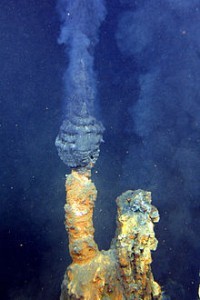
Underwater volcanoes at spreading ridges and convergent plate boundaries produce hot springs known as hydrothermal vents, or “black smokers”. These vents release valuable minerals from the Earth’s interior and deposit them on the ocean floor.
This black chimney has been named “Brothers”. Photo: National Oceanic and Atmospheric Administration (NOAA)
Simulators for research
A simulator for offshore training is central to the project. The simulator is currently used primarily for training personnel who will perform installations and repairs offshore. Eighty per cent of all offshore accidents are due to human error. It is important for workers and researchers to be able to practice in a simulator with challenging assignments before any approaches are implemented far offshore.
Now the simulator will be developed further so that it can also increasingly be used for innovation.
“We’ll use the simulator to rethink and find new ways to perform operations using it. For that we need to develop better computational models that can generate faster calculations. This will enable us to carry out experiments in real time and to quickly calculate how much load a tool can tolerate, for example,” says Halse.
He adds that a strength of this project is that all the stakeholders are connected to research, and all participants in the business chain are linked. In relation to the merger process, this is a good testing ground for building effective collaborative environments across institutions.
